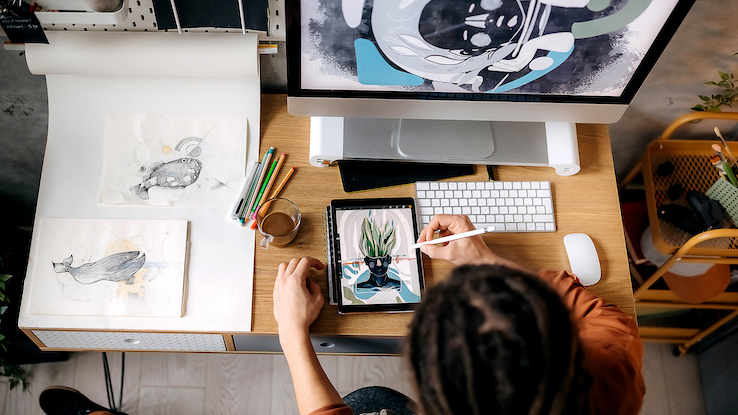Insightful Ways to Master Adobe Photoshop

If you’re looking to improve your Adobe Photoshop skills, then these tips are most definitely going to help you out. By following these tips, you’ll be able to create graphics that look professional and stunning. Get started by trying out the helpful tips below.
Learn the Basics of Photoshop
There are three main ways to work with Photoshop: through the menus, through the tools, and through the panels.
The menus are located at the top of the screen and contain a wealth of features, such as Edit, View, Transform, and more. To access a menu item, select it from the menu bar at the top of the screen.
To use a tool, click on it with your mouse. All of Photoshop’s tools are organized into panels. To access a panel, click on the panel tab at the top of the screen. The panels contain various features such as Image, Type, Effects, and Layers.
To work with images (or any type of file), you first need to open the image you want to edit. To open an image, click on its file name in the File Explorer window or drag it into Photoshop.
Once you have an image open, you can start modifying it. To do this, double-click on it or select it and click on the Edit button located in the toolbar. The Edit Menu will appear. From here, you can perform various tasks such as adding layers, deleting layers, cropping images, changing their colors, and more.
When you are finished editing an image, you can save it by pressing the Save button or selecting File > Save As. You can also choose to create a new file by selecting File > New. When you save an image, Photoshop will give you the option to save it in various formats, such as JPEG or PSD.
Organize Your Images
If you want to be able to find images quickly and easily, it’s important to organize them properly in Photoshop. There are a few different ways you can do this, but the simplest is to create folders and label them according to what you’re using the image for. For example, you might create a folder called “Images for Website” and store all your personal website graphics there. Then you can just search for the specific type of graphic you’re looking for. In this case, “Images for Website” would be the keyword you’d use in the search bar.
Another way to use keywords is to assign them to specific layers. For example, if you want to add a text layer above an image, you could name the text layer “Text Above Image.” This way, whenever you want to add text over an image, you just click on the Text Above Image layer and type away!
Finally, it’s a good idea to keep your images as small as possible in order to conserve space on your hard drive. If you have a lot of images stored in large files, Photoshop can take quite a long time to open them up. So if you don’t need the image right now, try saving it as a JPEG instead of a Photoshop file. JPEGs are compressed formats, so they’ll take up less space on your hard drive and Photoshop can open them faster.
Whatever method works best for you, be sure to organize your images properly in Photoshop so that you can access them quickly and easily.
Create Graphics With Filters and Effects
When first starting out with Photoshop, it can be a little overwhelming to figure out what filters and effects to use. However, with a little experimentation, you can create some really cool graphics.
One of the most important things to remember is that filters and effects are all about altering the appearance of your image. You can change the brightness, color, and saturation of your image, as well as add special effects like blur and sharpen.
Once you’ve got a basic understanding of how filters and effects work, it’s time to start exploring some of the more popular options. The blur and sharpen filters are an excellent place to start. By using these filters, you can dramatically change the look of your image. You can also use them to create realistic effects or simply add a bit of punch to your graphics.
If you want to get more creative with your graphics, consider using some of the other available effects. The hue and saturation effects allow you to change the color of your image, while the lens flare effect adds a bit of magic to your images.
Once you have a few basic techniques down, it’s time to start experimenting with different combinations. There are literally thousands of possible combinations, so there’s bound to be one that works perfectly for your project. Keep trying different things until you find what works best for you. In the end, that’s what makes creating graphics with Photoshop so fun!
This text was generated using a large language model, and select text has been reviewed and moderated for purposes such as readability.





